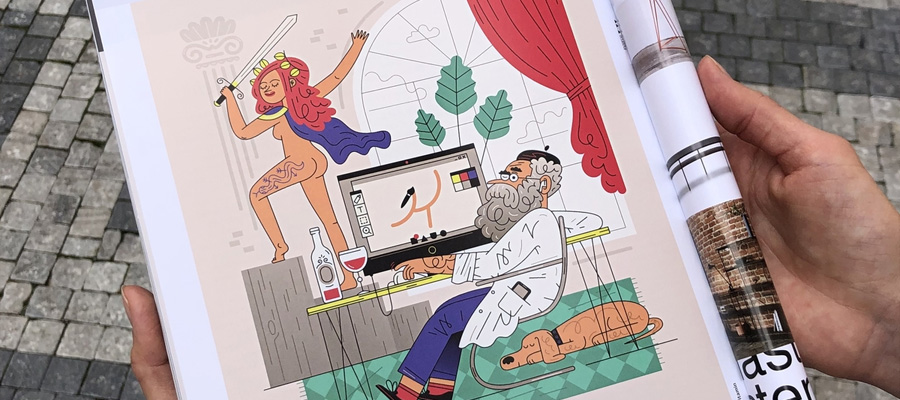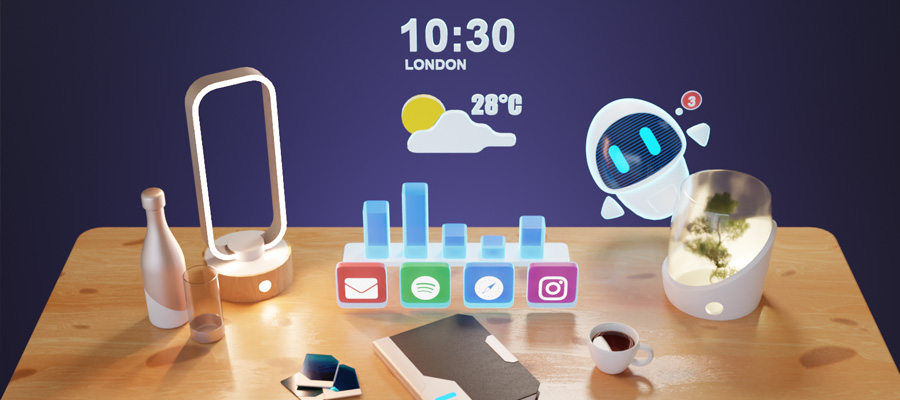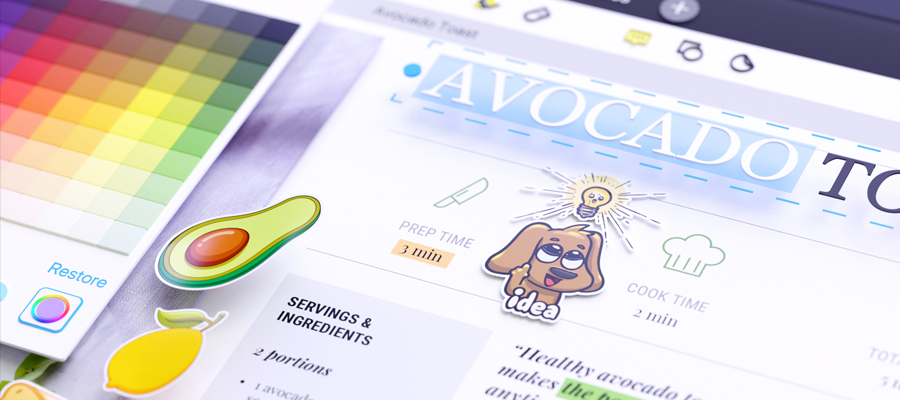In a modern world, when billions of web pages are loaded and refreshed every day as people are searching for information, it is very important to have intuitive and effective homepage web design. Many users already have got a lot of experience in web-surfing, especially if they have been online for many years, so they have something to compare and to choose from.
If your website does not attract visitors attention in a couple of seconds and it’s not obvious for him where to find what he is looking for, he will probably switch to the similar resource if there’s any. This situation is totally unacceptable when talking about e-commerce website design, as it is oriented on increasing company sales and profits.
So in today’s article, we will share with you 7 best practices for homepage UX/UI design that will help to make an attractive and useful landing page and will offer some examples of features that could be added for functionality rate increasing.
What does UX/UI mean?
User interface (UI) and User experience (UX) design are the terms that describe the ways of optimization of user’s interaction with software in order to make it as simple and effective as possible.
User interface design takes a technical part upon itself. It includes:
- functionality requirements for the system to accomplish user’s tasks.
- information architecture — constructing the sets of data into the suitable structure.
- prototyping screens, frames, and buttons.
- testing and inspecting usability.
- graphic design – styles, color schemes, logos, buttons etc.
User experience is about people’s emotions, perception, and feedback on using particular ready-made website or application. This information is gathered by interviewing users about their expectations while interaction with web-resources in order to help developers to understand what is the most suitable way to make software responsive, user-friendly, beautiful and helpful.
So we are done with the understanding of UX/UI, now let’s look at the best practices for it.
1. Folds implementation
Fold is the header on the upper part of a page that always stays visible as you scroll down. Place the titles of main sections of your website in this space so the user would always have an access to switching the essential parts of the site. Most often fold includes such titles as: “Home”, “Projects”, “Services”, “Tutorial”, “Tour”, “About”, “Support”, “Contact us” etc. But there is an important nuance – don’t overload it with information, just place short concise headings.
2. Scrolling > Paging
Most web designers nowadays prefer to make one lengthy page than to create lots of links dividing website into a large number of smaller pages as it was in the past. Today everyone has internet connection and hardware that allows to load lengthy pages fast. User experience showed that it takes less time to find information on the website made this way rather than to find something on the pages opened in different browser tabs.
3. Scannable design
Jakob Nielsen, a web consultant and Ph.D. in human–computer interaction, conducted research showed that people read less than 20% content of websites as they prefer to quickly scan the text in order to find the necessary words of interest than to read large volumes of text. That’s how our brain works, economizing the energy that is needed to receive and understand the information. So it’s effective to use bold letters, large font sizes, headlines, lists and icons in website homepage design to attract the attention of the users and make they want more.
4. Common patterns
Of course, there will always be a place for inventions and creativity, but designers have already gone a long way in optimizing websites and there is no point in ignoring them. Today you can find a lot of online website builders with dozens of patterns that can strongly simplify the process of design creation.
5. Site search, product catalog, and filters
This point refers to best practices in homepage design for an e-commerce website. It is obligatory to provide a site with search so a user could easily find a needed article by name or type of a product. Or he can choose it manually from a product catalog that can have simple categorization. Filters will help to set a desired price, product features, etc.
6. Consistent navigation
As visitors surf the site they should go from more to less in order not to get all the data at once and be confused. The task of the designer is to guide them through the site gradually by giving portions of content. It can be done, for example, with the help of visual hierarchy that uses elements of different sizes and colors to distinguish the main and secondary. In some cases, it will be useful to create a short manual or FAQ section.
7.Site presentation
A short video trailer on the homepage that represents the company’s tasks, ideas and advantages will not only provide the visitor with information but also leave a positive emotional impact. Besides advertisement of the product, it may consist interviews with personnel, showing their workplaces, testimonials of satisfied customers and everything else that could come into your mind and attract potential buyers.
So, here it is, we’ve listed the most useful practices that would be helpful if you’re up to design a profitable web resource that will provide constant and effective conversion. Always remember that you make the website for your potential customers, so clarity and usability should be in the first place. For this case, many developers nowadays firstly create design and only then do all the rest.




















